Humans

Educators and Parents, Sign Up for The Cheat Sheet
Weekly updates to help you use Science News Explores in the learning environment
Thank you for signing up!
There was a problem signing you up.
-
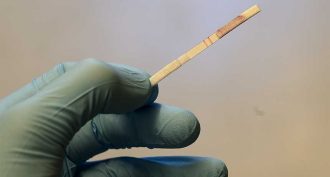 Health & Medicine
Health & MedicineSimple test for cancer and heart disease
Disease diagnosis often requires expensive equipment and tests to probe deep inside the body. But a new test relies on a fast, cheap and easy technique. And its answers appear on a strip of paper — just as they do on a pregnancy test.
-
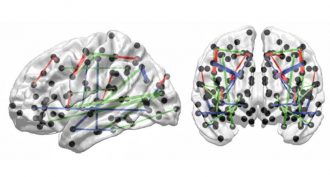 Brain
BrainMapping the brain’s highways
A new map may explain why some brain injuries are worse than others. Even relatively minor injuries that disrupt message superhighways may have a more devastating impact than some seemingly catastrophic injuries.
-
 Health & Medicine
Health & MedicineWhen a nut allergy comes back
Eating small amounts of peanuts may help people overcome an allergy to the food. But for most people undergoing the treatment, its benefits vanish after they stop eating peanuts.
-
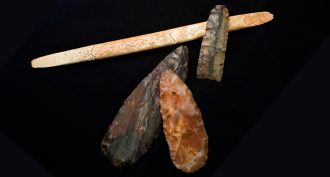 Genetics
GeneticsWhere Native Americans come from
All tribes seem to derive from the same Asian roots, DNA indicates.
-
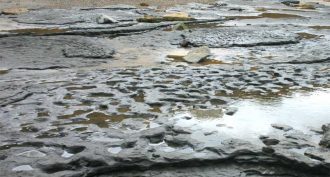 Archaeology
ArchaeologyAncient footprints surface in Britain
There are hints they could have been made by ancestors of Neandertals.
By Bruce Bower -
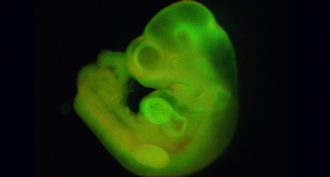 Life
LifeHow to reset a cell
Scientists had reported they had figured out how to turn a specialized cell into any other type of cell the body may need. All it took was an acid bath. But now in July, big doubts have emerged about the quality of that work and whether the results will hold up.
-
 Brain
BrainWhen Cupid’s arrow strikes
Scientists have begun dissecting what it means to be in love. They are finding that much of what we feel can be explained by the effects of a few key chemicals — and not just on our hearts and brains, but on our whole bodies.
By Susan Gaidos -
 Health & Medicine
Health & MedicineMany human ails are ‘scars’ of evolution
Humans suffer many physical problems that other primates don’t, from sprained ankles to hip fractures. Scientists now say you can blame these on evolution.
By Susan Gaidos -
 Animals
AnimalsDissecting the dog paddle
Scientists occasionally describe the dog paddle as a “trot,” but that’s not right. When dogs swim, their complicated leg motions look more like a frantic run.
-
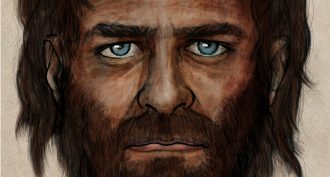 Genetics
GeneticsBlue eyes in the Stone Age
Genes from an ancient skeleton suggest that dark-skinned people may have been the first to evolve blue eyes.
-
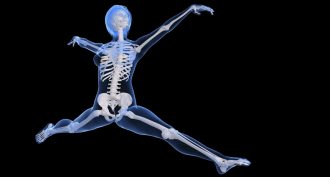 Health & Medicine
Health & MedicineBones: They’re alive!
This hard tissue is more than just a quiet scaffold for your organs and protective helmet for your head. It’s active and ‘chatty,’ influencing other tissues.
By Kirsten Weir -
 Health & Medicine
Health & MedicineBaseball: Keeping your head in the game
Head movements play an important role in successfully tracking lightning-fast incoming pitches.